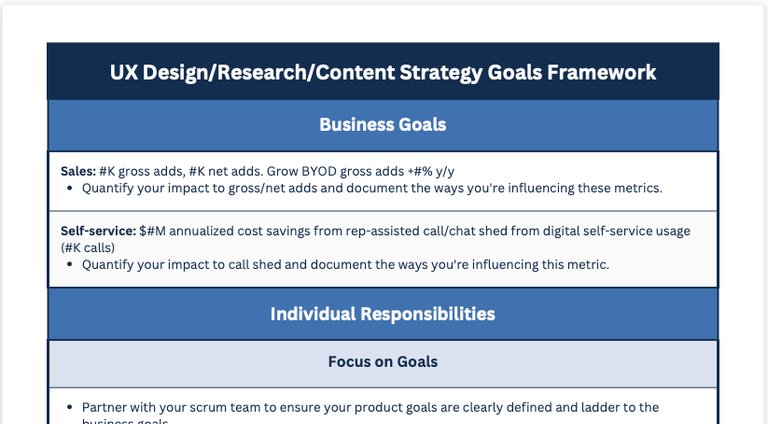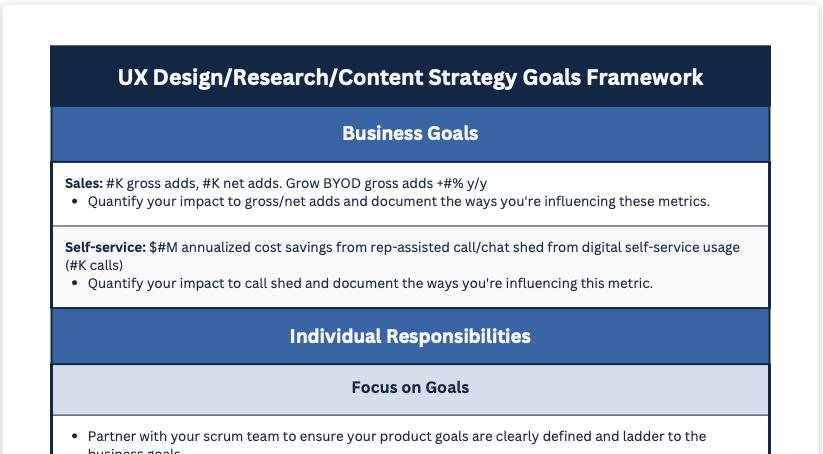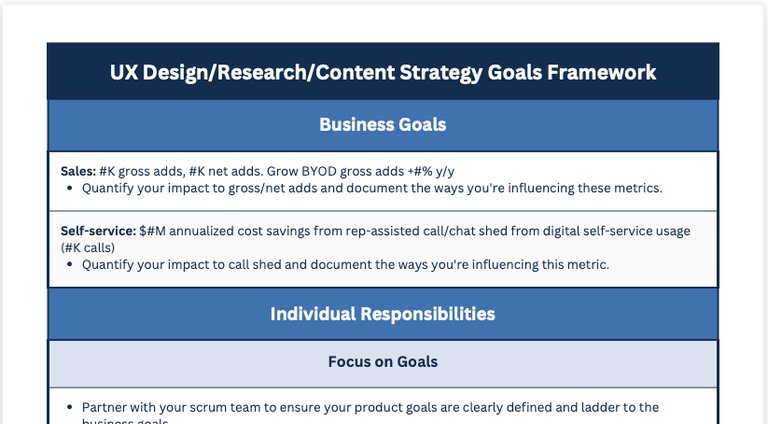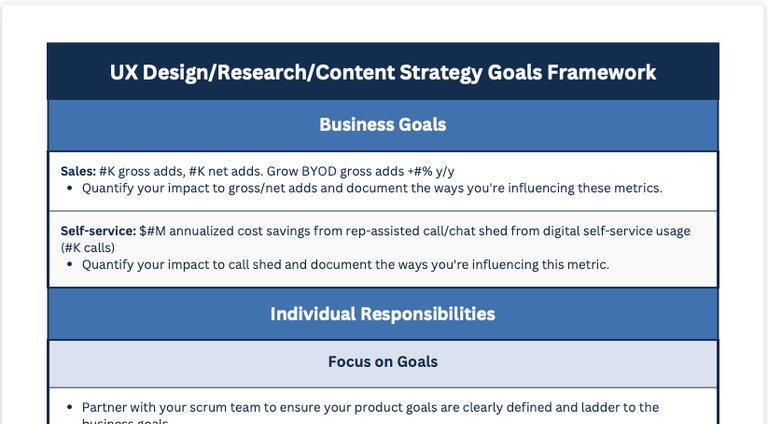Scaling UX Research: From Startup to Enterprise
User research is easy when you have 10 customers and everyone can talk to users directly. It becomes exponentially harder when you have 10,000 customers, multiple product teams, and stakeholders who've never sat in on a user interview.
Having scaled research operations from 2-person startups to Fortune 500 enterprises, I've learned that successful research scaling isn't just about hiring more researchers—it's about building systems that democratize insights while maintaining quality.
The Research Scaling Challenge
As organizations grow, research faces predictable challenges:
The Bottleneck Problem
- Small scale: Product manager does user interviews between feature builds
- Medium scale: Single researcher becomes overwhelmed with requests
- Large scale: Research requests queue up for months, decisions made without insights
The Quality Dilution Problem
- Teams start doing their own "research" without proper methodology
- Insights become anecdotal and biased
- Research findings contradict each other across teams
The Impact Problem
- Research happens but doesn't influence decisions
- Insights get lost between study completion and implementation
- Teams build features first, then do research to validate afterward
A Framework for Scaling Research Operations
Phase 1: Foundation (1-10 people)
Goal: Establish research discipline and stakeholder buy-in
Key Activities:
- Regular user interviews (weekly minimum)
- Simple research documentation and sharing
- Direct stakeholder involvement in research
Success Metrics:
- 80% of product decisions informed by user insights
- All team members observe at least one user session monthly
- Clear documentation of user personas and journey maps
Tools & Processes:
- Calendly for user interview scheduling
- Notion or Confluence for research documentation
- Loom recordings for stakeholder sharing
- Simple survey tools (Typeform, Google Forms)
Phase 2: Systematization (10-50 people)
Goal: Build repeatable processes and scale research impact
Key Activities:
- Establish research roadmap aligned with product roadmap
- Create research templates and playbooks
- Build user recruitment and research panels
- Implement regular research sharing cadences
Success Metrics:
- Research requests fulfilled within 2 weeks
- 90% stakeholder satisfaction with research quality
- 50% reduction in time from insight to implementation
Research Operations Infrastructure:
Research Planning
├── Quarterly research roadmap
├── Request intake process
├── Stakeholder alignment sessions
└── Resource allocation framework
Research Execution
├── Methodology playbooks
├── Participant recruitment systems
├── Research tools and platforms
└── Quality assurance processes
Research Impact
├── Insight synthesis frameworks
├── Stakeholder communication plans
├── Decision tracking systems
└── Research ROI measurement
Phase 3: Scale & Specialization (50+ people)
Goal: Democratize research while maintaining quality and strategic focus
Key Activities:
- Train non-researchers in basic research methods
- Implement automated research tools and platforms
- Develop specialized research capabilities (quantitative, behavioral analytics)
- Create research centers of excellence
Success Metrics:
- 80% of teams conducting basic research independently
- Research influences C-level strategic decisions
- Measurable business impact from research-driven features
Building Your Research Operations Playbook
1. Research Request & Prioritization System
Intake Process: Every research request should include:
- Business question or hypothesis
- Target user segment
- Decision timeline and stakeholders
- Success criteria for the research
- Resources available (budget, participants, timeline)
Prioritization Framework:
Strategic Impact (40%)
├── Alignment with company OKRs
├── Potential revenue/cost impact
└── Cross-team applicability
Urgency (30%)
├── Decision timeline
├── Risk of proceeding without research
└── Stakeholder commitment level
Feasibility (30%)
├── Available resources
├── Methodological requirements
└── Participant accessibility
2. Research Methodology Toolkit
Quick Wins (1-2 weeks):
- User interviews: 5-8 participants, key journey moments
- Survey research: Existing user base, quantitative validation
- Analytics deep-dives: Behavioral pattern analysis
- Stakeholder interviews: Internal perspective gathering
Strategic Deep-Dives (4-6 weeks):
- Ethnographic studies: In-context user behavior
- Usability testing: Task-based interaction evaluation
- Market research: Competitive and landscape analysis
- Longitudinal studies: Behavior change over time
3. Insight Synthesis & Communication Framework
The Research Story Arc:
- Context Setting: What business question are we answering?
- Methodology Overview: How did we study this?
- Key Findings: What did we learn? (3-5 main insights)
- Implications: What does this mean for our product/strategy?
- Recommendations: What should we do next?
- Next Steps: Who does what by when?
Communication Channels:
- Real-time: Slack channels with research highlights
- Weekly: Research newsletter with recent findings
- Monthly: Cross-team research sharing sessions
- Quarterly: Research impact and roadmap reviews
Democratizing Research: Training Non-Researchers
Basic Research Skills Training
2-Hour Workshop Curriculum:
- Research vs. feature validation
- Writing unbiased interview questions
- Basic user interview techniques
- Synthesis and pattern recognition
- When to involve professional researchers
Ongoing Support:
- Research buddy system pairing teams with researchers
- Office hours for methodology questions
- Quality review checkpoints for DIY research
- Access to participant recruiting and tools
Research Self-Service Tools
Templates & Playbooks:
- User interview guides for common use cases
- Survey question libraries
- Usability testing protocols
- Research planning templates
Tool Access:
- User recruitment platforms (UserTesting, Respondent)
- Survey tools with research best practices built-in
- Analytics dashboards with behavioral insights
- Synthesis and documentation templates
Measuring Research Operations Success
Research Quality Metrics
- Study reliability: Consistent findings across similar studies
- Stakeholder satisfaction: Post-research feedback scores
- Methodology rigor: Adherence to research best practices
- Insight actionability: Percentage of recommendations implemented
Research Impact Metrics
- Decision influence: Research directly cited in product decisions
- Feature success rate: Performance of research-informed features
- Customer satisfaction: Correlation with research-driven improvements
- Business outcomes: Revenue/engagement improvements from research insights
Research Operations Metrics
- Request fulfillment time: Average time from request to insights
- Research capacity utilization: Researcher time allocation efficiency
- Self-service adoption: Percentage of basic research done by teams
- Knowledge retention: Stakeholder recall of research findings over time
Common Scaling Pitfalls and Solutions
The "Too Many Cooks" Problem
Problem: Multiple teams researching the same user segments with conflicting findings. Solution: Centralized research calendar and cross-team study coordination.
The "Ivory Tower" Problem
Problem: Research team becomes disconnected from product development reality. Solution: Embed researchers with product teams and include implementation constraints in research planning.
The "Analysis Paralysis" Problem
Problem: Too much research, not enough action on insights. Solution: Time-boxed research cycles with mandatory decision points and implementation tracking.
The "Telephone Game" Problem
Problem: Research insights get distorted as they travel through the organization. Solution: Direct stakeholder involvement in research and systematic insight documentation.
Building Research Culture, Not Just Process
The most successful research operations create culture change, not just process improvement:
- Leadership modeling: Executives participate in user research directly
- Decision transparency: Clear connection between research findings and product decisions
- Failure learning: Post-mortems that examine how better research could have prevented issues
- User empathy: Regular all-hands sessions featuring customer voices
Your Research Scaling Roadmap
Month 1-2: Assessment & Quick Wins
- Audit current research practices and stakeholder needs
- Implement basic research request and documentation systems
- Start regular stakeholder research sharing
Month 3-6: Process Development
- Build research methodology playbooks and templates
- Establish participant recruitment and research tools
- Train first wave of teams in basic research skills
Month 6-12: Scale & Optimization
- Launch self-service research program
- Implement advanced analytics and research operations tools
- Measure and optimize research impact on business outcomes
Remember: The goal isn't to do more research—it's to do research that consistently drives better product decisions. Start with stakeholder needs, build systems that scale, and always keep the connection between insights and action crystal clear.
Interested in seeing research operations in action? Learn how we scaled user research at Floor & Decor to inform omnichannel strategy across 400+ retail locations.
Want more insights like this?
Subscribe to get weekly articles on product strategy and UX design.
No spam, unsubscribe at any time. We respect your privacy.




